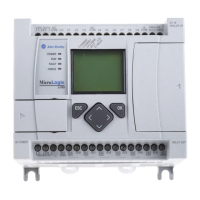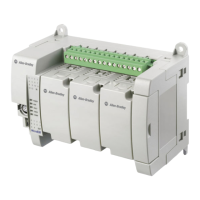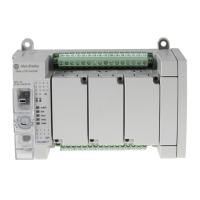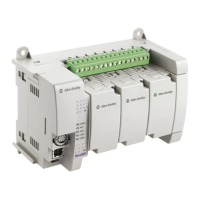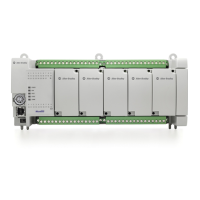Using Comparison Instructions
7–1
7
Using Comparison Instructions
This chapter contains general information about comparison instructions and
explains how they function in your application program. Each of the comparison
instructions includes information on:
• what the instruction symbol looks like
• typical execution time for the instruction
• how to use the instruction
In addition, the last section contains an application example for a paper drilling
machine that shows the comparison instructions in use.
Comparison Instructions
Instruction
Mnemonic Name
EQU
Equal Test whether two values are equal. 7–3
NEQ Not Equal Test whether one value is not equal to a second val-
ue.
7–3
LES
Less Than Test whether one value is less than a second value. 7–3
LEQ Less Than or Equal Test whether one value is less than or equal to a se-
cond value.
7–4
GRT Greater Than Test whether one value is greater than another. 7–4
GEQ Greater Than or
Equal
Test whether one value is greater than or equal to a
second value.
7–4
MEQ Masked
Comparison for
Equal
Test portions of two values to see whether they are
equal. Compares 16-bit data of a source address to
16-bit data at a reference address through a mask.
7–5
LIM Limit Test Test whether one value is within the limit range of two
other values.
7–6
Programming
efesotomasyon.com - Allen Bradley,Rockwell,plc,servo,drive
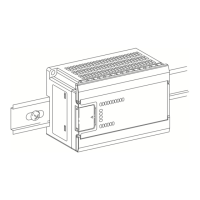
